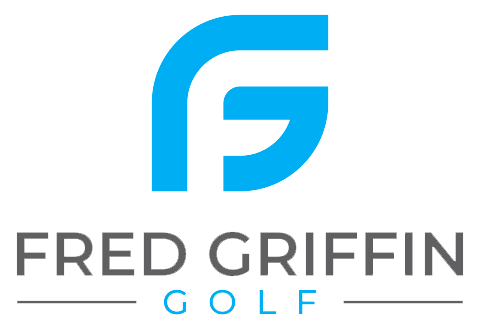Every golfer, regardless of handicap, has at some point tried to “maintain lag” or “hold the angle” during their downswing. This coveted position—the angle formed between your lead arm and the clubshaft—is not just technical jargon. It’s the ideal swing mechanics behind generating explosive clubhead speed and those extra yards off the tee that we all crave.
What Really Causes Power Loss
Many recreational golfers mistakenly believe that extraordinary strength is needed to create and maintain this angle through the downswing. They tense up, trying to muscle the club—which ironically causes exactly what they’re trying to avoid: an early release.
Here’s the truth: Your distance problems likely aren’t due to lack of strength. Rather, it’s about:
- Poor utilization of the strength you already possess
- Improper sequencing when setting and releasing the angle
- Premature loss of angle during the downswing
The most common power leak? Losing your release angle too early, which not only reduces clubhead speed but brings the club to impact at an inefficient angle—compounding distance loss.
The Attainable Goal
Good news: You don’t need to match Sergio Garcia’s or Min Woo Lee’s dramatic lag positions to add significant distance. When your lead arm reaches parallel to the ground in the downswing, a 45-degree clubshaft angle is both ideal and achievable for most golfers with average strength and coordination.
At this crucial position in the swing, your release angle should be at its maximum. This is your power position.
Key Characteristics of an Effective Release Angle


Analysis of elite golfers reveals these fundamentals:
- The release angle narrows, bringing the club closer to the body
- The lower body shifts toward the target—the trail knee moves inside the trail ankle
- The trail shoulder moves down and forward, with the trail arm drawing closer to the side
- The trail elbow becomes visible under the lead arm, indicating proper right-side activation
- A synchronized sequence allows the club’s momentum to generate the proper release angle
Common Amateur Mistakes

Backswing Errors:
- Too slow a tempo, limiting the natural momentum needed for proper wrist release
- Forcing the trail elbow artificially close to the body, restricting swing arc
- Poor timing of wrist cock (either too early or too late)
Downswing Errors:
- Poor sequencing—initiating with the upper body instead of the ground up
- Insufficient lower body shift and rotation toward the target
- Excessive tension in the arms and wrists, pushing the clubhead away from the body
Practice Makes Power
Try these drills to groove your release angle:
Metronome Tempo Training: Set a metronome to 60 BPM (1 second) and complete your swing (takeaway to impact) within that beat. This promotes the rhythm that allows natural momentum to create proper lag.
Medicine Ball Wall Toss: From setup position, make a backswing motion while holding a 6-10 pound medicine ball, then toss it into a wall. Focus on using your back and shoulders to initiate the toss, creating a wide arc.
Wide-to-Narrow Drill: Start from a mid-backswing position with minimal wrist cock to feel a wide swing arc. As you continue to the top and begin shifting weight to your lead side, allow the clubhead to naturally narrow its arc by coming closer to your body.
Step and Swing: Begin with feet together at address. As your backswing reaches the halfway point, step toward the target with your lead foot while allowing your shoulders and club to complete the backswing. Feel the clubhead accelerate through impact like cracking a whip.
Weighted Club Training: Programs from speedsticks.com or thestacksystem.com offer comprehensive systems to build clubhead speed and increase distance.
You Tube video link: Click here to see a video of how to learn the proper release angle.
The Bottom Line
Remember: Proper mechanics create the ideal release angle naturally. It cannot be forced through effort or manipulation—it must be allowed to happen. Regular practice of these drills will integrate this power source into your swing, giving you those extra yards without sacrificing control.
